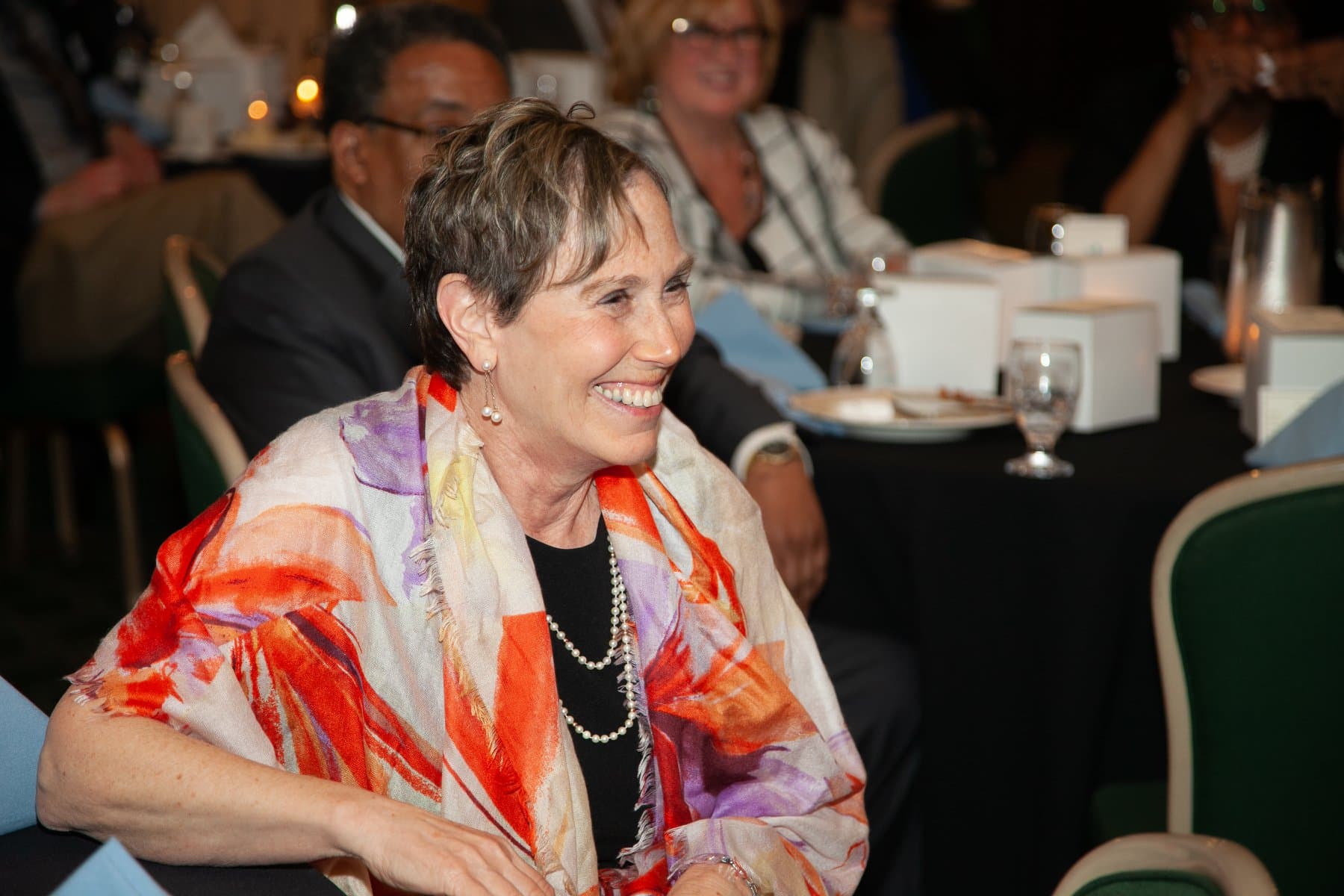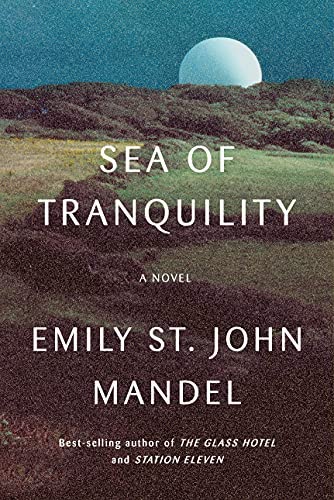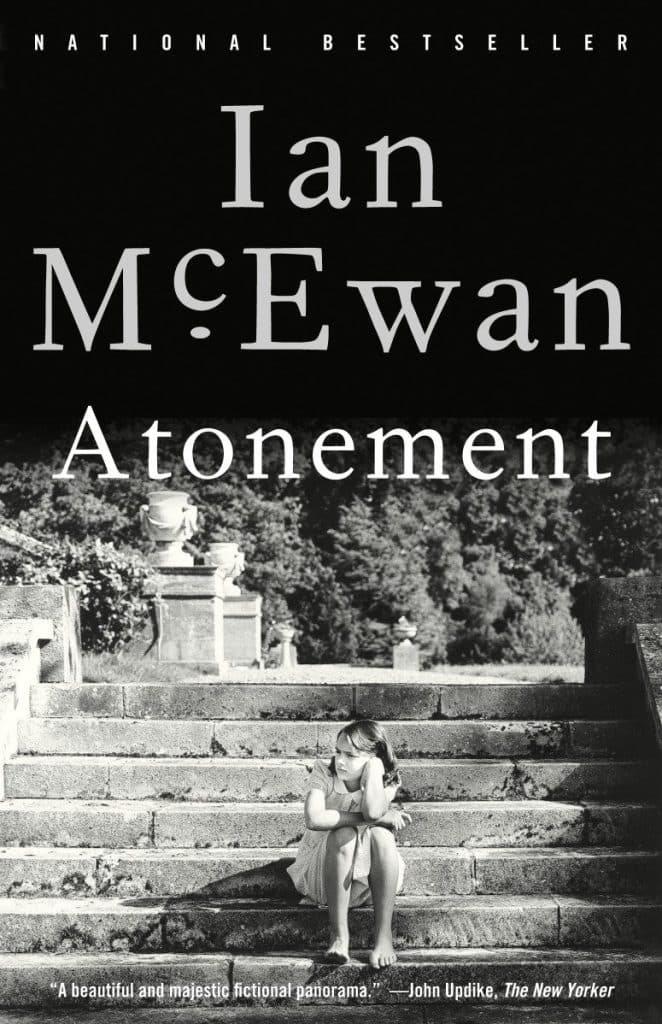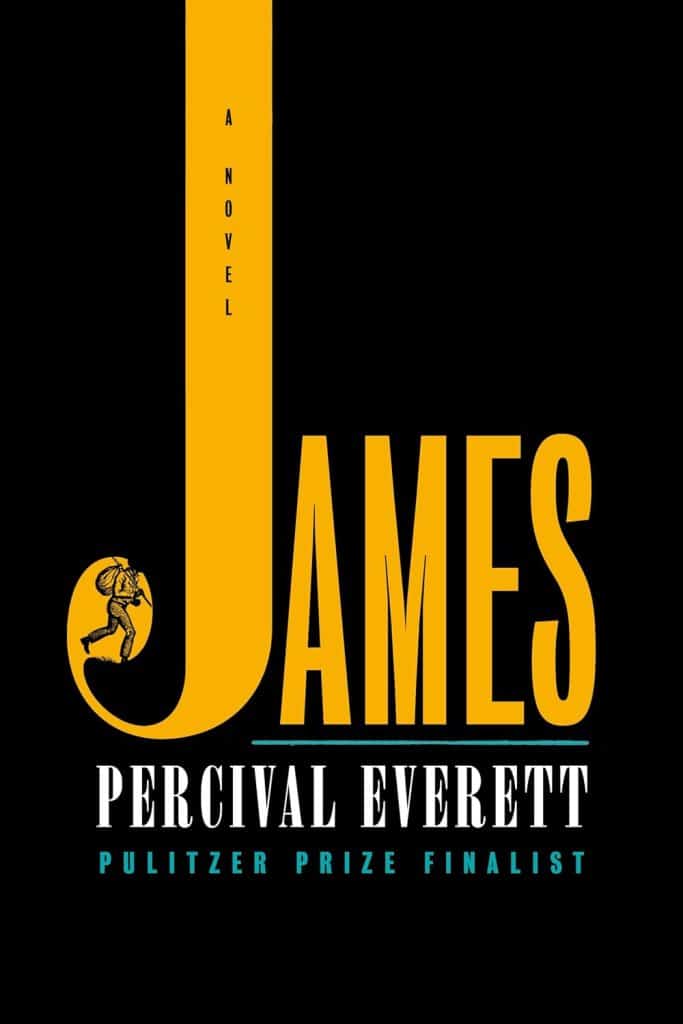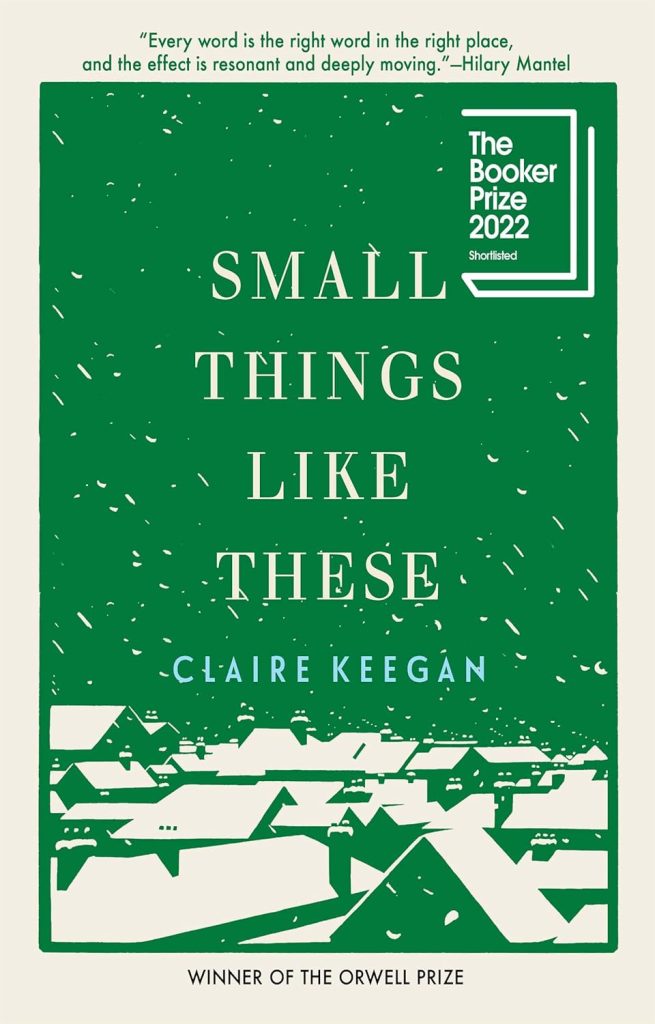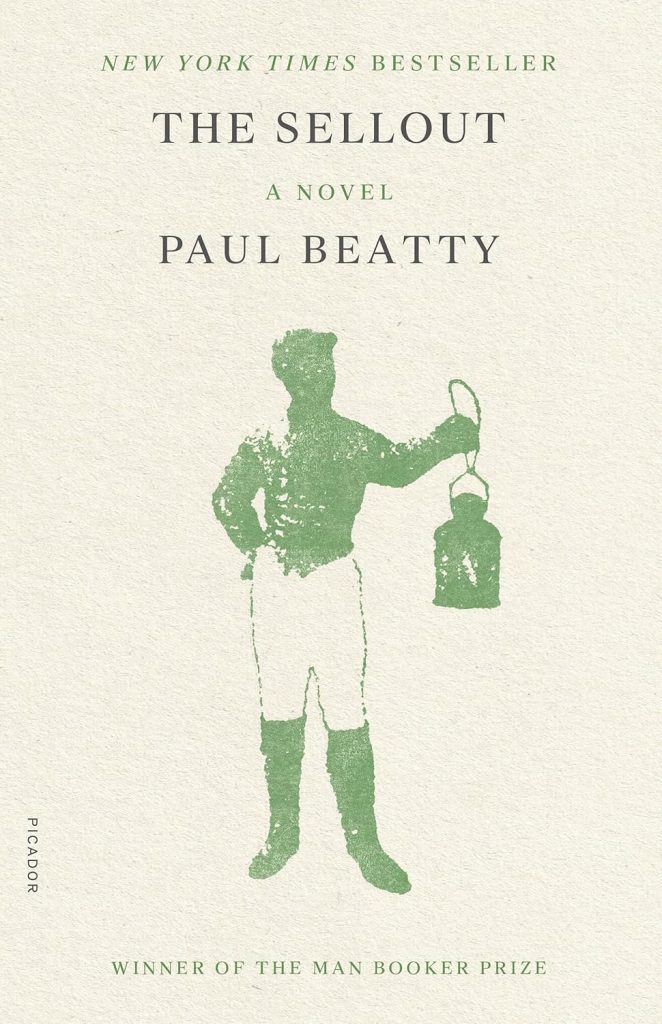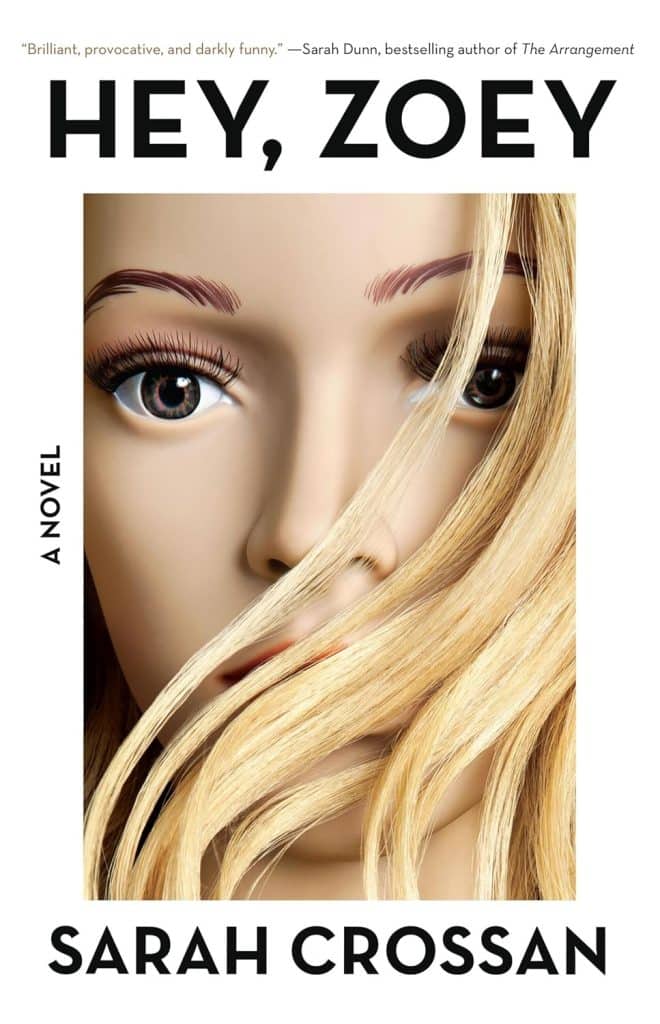Half-Birthday Cataclysm
Estimated reading time: 16 minutes, 10 secondsIt’s the Shoe’s Fault
After my appointment, I planned to head home by making a U-turn on Route 22. However, I suddenly changed my mind and quickly stopped at Fleet Feet since it was conveniently located nearby. Surprisingly, I had my walking shoes, which was quite unusual. Upon entering the store with a smile that concealed my missing tooth, I explained to the attentive staff that the new shoes I had purchased from them had caused me to develop calluses and foot pain for the first time in 1248 days of walking. Since I was the only customer in the store then, I had the opportunity to clearly explain that the shoes were half a size larger than I usually wore, which was causing the problem.
To assist me, the clerk diligently looked online for my shoe analysis but unfortunately could not find it. He then suggested we do another study. Despite the absence of the analysis, I was familiar with the routine as I did it daily. “You could wear a 10.5 or 11-sized shoe,” he said as he showed me the report. It was evident that AI technology was used in the process. I tried several pairs of shoes and finally settled on the Ghost 16s in size 10.5. As I strolled around the store, testing the new shoes, I couldn’t help but feel excited about tomorrow’s walk.
As the clerk brought out my new shoes, he couldn’t help but notice that I had walked a substantial amount. I took the opportunity to share with him that I had been walking daily since my wife passed away. He nodded empathetically and mentioned that most of their customers were avid walkers, acknowledging that my reason for walking was as admirable as any he had ever heard. To my surprise, he then announced that I would receive a $10 credit as the shoes I was leaving with cost less than the ones I had returned. As I approached the door, I casually remarked, “See you in six months for my next pair of walking shoes.
Earwax was quickly removed, and oversized walking shoes had caused two of my mid-year disasters. If only my missing tooth could be solved as easily.
Why Can’t I Have Star Trek Oral Surgery?
As Dr. Rudin stepped into the sterile, brightly lit room, a wave of unease washed over me, rendering my mouth eerily numb. The harsh overhead light flickered like a spotlight, momentarily blinding me and amplifying my apprehension. I hesitantly inquired if the oral surgery had concluded. He chuckled warmly, his eyes twinkling with amusement, and replied, “We haven’t advanced like in Star Trek, where Dr. McCoy could simply wave his hand, extract your tooth, and expertly install your implant.” Trying to lighten the mood, I replied, “I could always ask Scotty to beam me home.”
In reality, the procedure was more intricate than a simple sci-fi fantasy, yet it unfolded with surprising ease. The extraction itself was expertly handled and surprisingly painless, a gentle tug that felt more surreal than anything else. The implant came next, a delicate process that mainly remained comfortable until the final twist—the moment Dr. Rudin secured it into place, which elicited a brief sharpness, a reminder of the gravity of the procedure.
As I stepped out of the sterile confines of the operating room, a flicker of regret brushed against my thoughts about having Mike come to pick me up. I had completely miscalculated the situation, mistakenly believing I would still be drifting in and out of slumber. But when I caught sight of Mike’s familiar face, his unwavering support felt like a warm balm as the anesthesia’s effects began to wash over me, leaving me disoriented and groggy.
As I fumbled with my phone, attempting to use Apple Pay, I quickly realized my iPhone refused to recognize my face, which struck me hard. My cheeks were puffy and swollen, a testament to the oral surgery I had just endured. The ice pack they had given me felt cumbersome and awkward, a clumsy attempt to soothe the throbbing pain that radiated from my jaw.
Normally, I would have walked up the three stairs to my apartment, but Mike insisted we take the elevator. I felt a wave of guilt wash over me, a creeping sense of helplessness that made me feel older than my years. But his gentle insistence reassured me, reminding me it was the sensible choice. Once inside my small haven, he helped me settle into my familiar couch.
With each passing moment, I relished the fading ache in my mouth, akin to the fleeting autumn leaves that fluttered to the ground earlier that day. Yet beneath that relief lingered an unexpected exhaustion that weighed me down more than I had felt in years. Just before the first pitch of the World Series, fatigue overwhelmed me, and I found myself retreating to bed much earlier than I ever had, even in my childhood. Sleep enveloped me almost instantly as I adjusted the cozy blanket around my neck, allowing the quiet darkness to wash over me.
Lessons Learned
When I reviewed the recovery instructions, I asked if I could still walk, as they had explicitly discouraged exercise. I began to explain why walking was essential to me—not for the exercise itself, but for my overall well-being. They eventually relented, allowing me to walk as long as I kept a slow pace that wouldn’t elevate my heart rate.
I took a leisurely stroll this morning, reflecting that my two grandsons could easily have outpaced me. Just the day before, I walked over three miles an hour, but today, I barely managed two miles. A friend once said, “You’re not twenty-five anymore,” and I should consider myself fortunate to be able to walk at any speed.
I recognize that this situation isn’t a health crisis like what my wife went through; it’s simply a reminder of our mortality. I will recover, and as I age, I will learn to accept the limits that come with it and listen to my body rather than the fantasies in my head.
The Jan Lilien Education Fund sponsors ongoing sustainability and environmental awareness programs. All donations are tax-deductible.

This work is licensed under a Creative Commons Attribution-NonCommercial 4.0 International License.
After almost 48 years, I recently lost my wife, Jan Lilien. Like The Little Prince, Jan and I believed that “The most beautiful things in the world cannot be seen or touched, they are felt with the heart.” This blog is a collection of my random thoughts on love, grief, life, and all things considered.
